iGens, also known as Gen Zs, are the new minds of our future. And the next generation won’t learn everything they need to know in the same way as previous generations. The iEverything world of cloud computing, AI (artificial intelligence), VR (virtual reality), AR (augmented reality), and now MR (mixed reality) will lead to a unified Smart Education. Chromebooks, mobile phones, smart watches, and other media consumption devices will form the hub of lesson delivery both inside and outside of classrooms. How can schools prepare for the current and future technology needs to support smart classrooms?
Planning is the key, and knowing the most important factors to consider can help you save time and dollars down the road. Here are some tips to get you started.
Tip 1: Invest in the next generation WiFi infrastructure – the 802.11AX standard
WLANS make the heart of your infrastructure. Next generation WiFi standards are now coming to market that will allow delivery of the mixed media necessary to deliver Smart Education. Focus on reliable, high-speed connections that are capable of performing in dense, multi-user, and indoor and outdoor environments. Make sure your new infrastructure is ready for this new 802.11AX standard. Learn more about 802.11AX and what it means for schools here.
Tip 2: Support your high definition video needs with compression technology

IVS can help improve security in smart classrooms.
Both 4K and 1080p cameras allow for high quality Intelligent Video Security (IVS). The use of Wide Dynamic Range (WDR) and high-grade CMOS sensors result in a clearer picture with more detail. But most importantly, the use of H.265 compression technology can reduce your storage and bandwidth needs by 50 percent. Share clearer video in less space.
Tip 3: Automate your storage management
You can better control your budget by building a smart storage infrastructure with intelligent automation. This includes faster response for increased capacity, anticipation of failure, and data replication. Automating your store management improves the overall network performance and availability.
Tip 4: Design an open ecosystem

An open ecosystem allows for technology to live and work together harmoniously.
When planning a network ecosystem, the interoperability between devices from different manufacturers is an important factor to consider. If devices from different vendors are designed within an open ecosystem and interoperate seamlessly, you are free to select devices that best suit your needs and budget rather than the limited selection that is typically available in proprietary systems. In other words, make smart choices now so that you will have more choices in the future.
In the end, great planning with an experienced team is key. Being prepared with innovative technologies that support your current and future classroom needs is the ultimate goal. With that in mind, you will be prepared to support the demands of iGens in the Smart Classroom.
This is a sponsored post written by Tom P. Yarbrough, Regional Director at Huawei Enterprise USA, Inc. Tom has over 20 years of experience working with K12, higher education, and research education organizations to build the most advanced technology environments that they can envision.
Huawei, a global leader in Information ICT, serves over 170 countries with their partners to offer network infrastructure, storage, SDN, cloud computing and data center solutions. Huawei has 180,000+ employees on every continent. In 2017, Huawei ranked 83 on the Global Fortune 500. Learn More about Huawei’s Education Solutions >>




 what they’re learning,” say Kristin Houser and Karla Lant (
what they’re learning,” say Kristin Houser and Karla Lant (
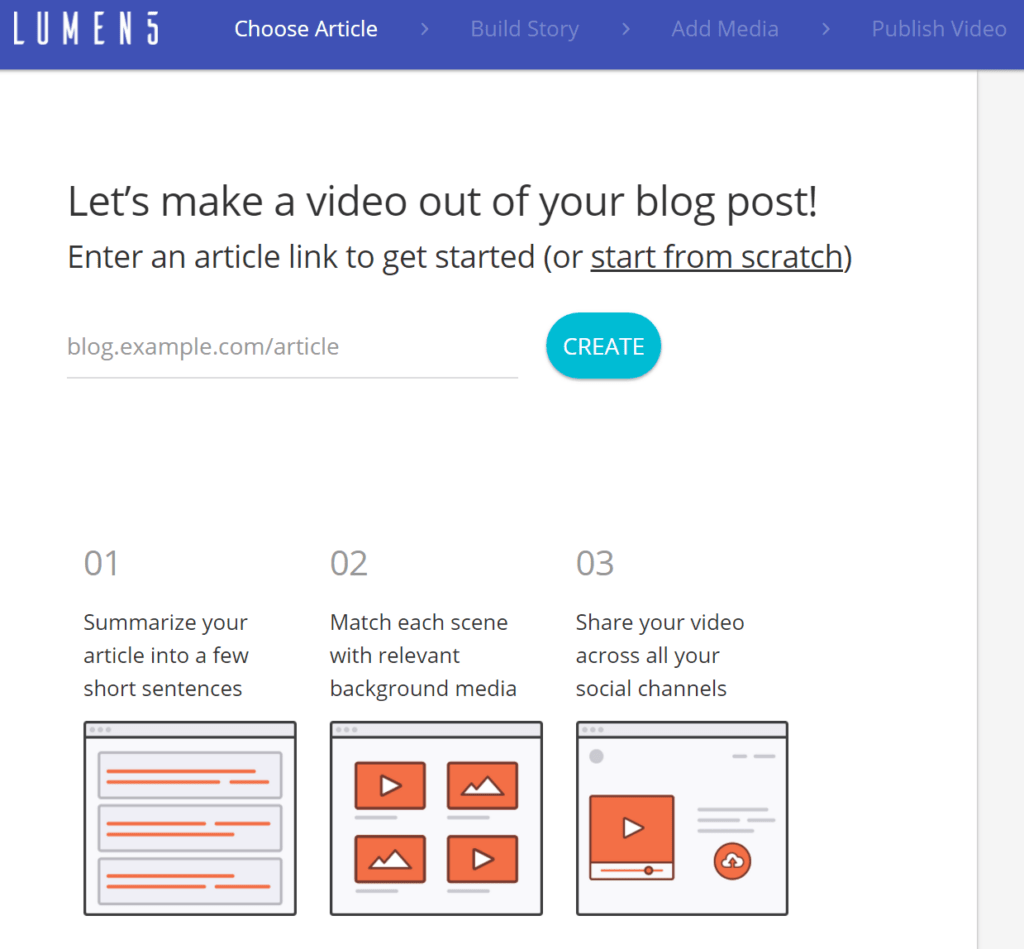
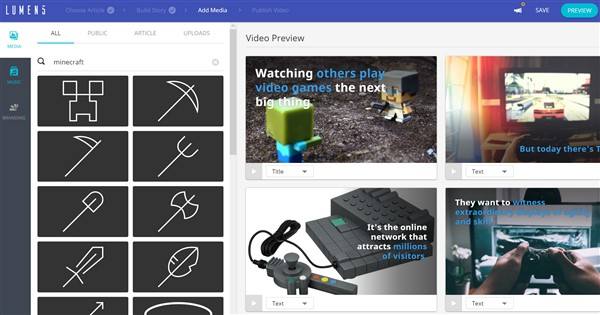
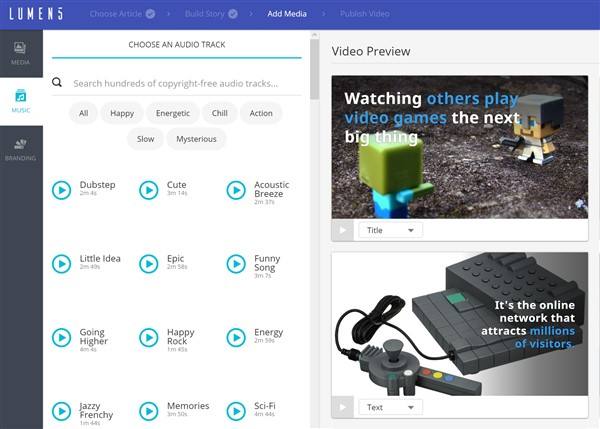







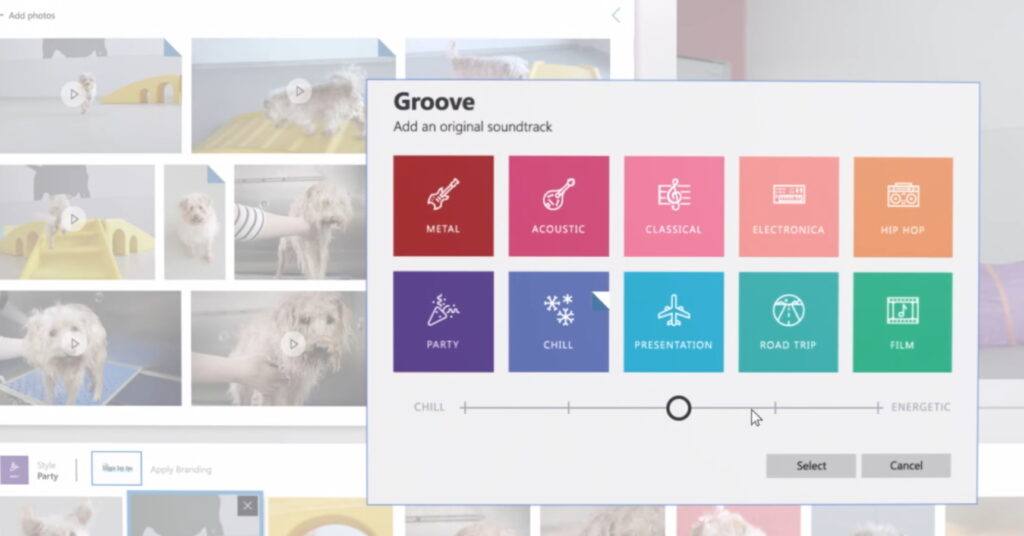


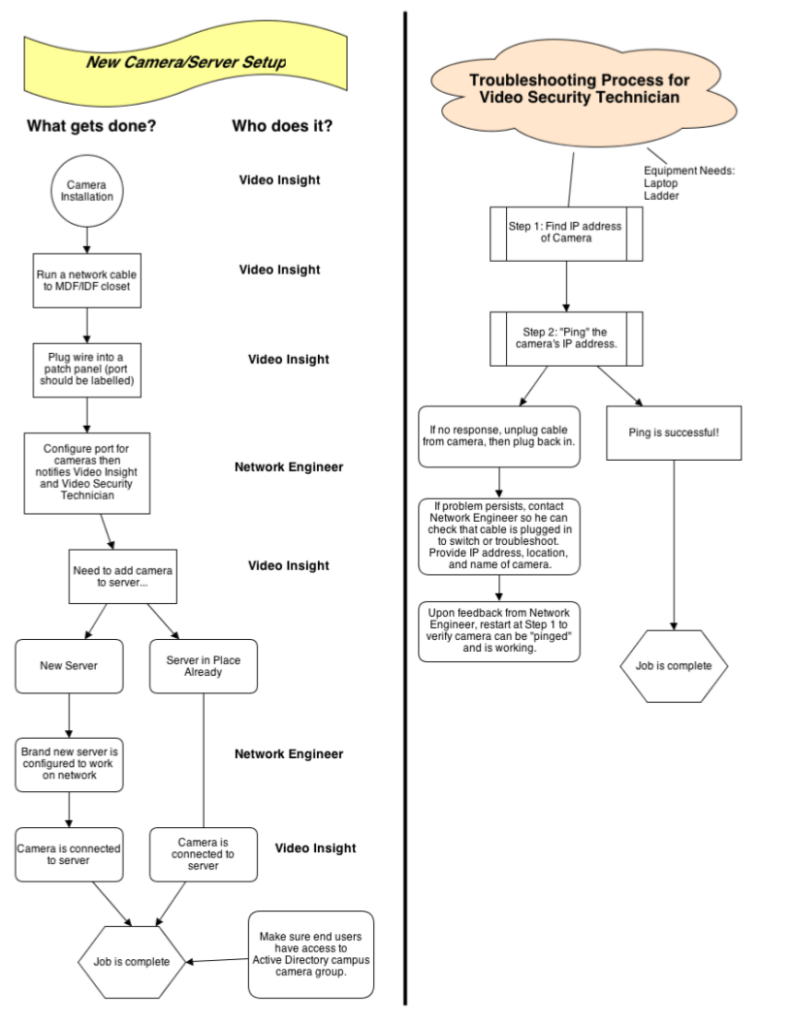 send the network engineer up that big ladder to clean the video camera lens?” That’s the question that comes up when a fuzzy picture appears or there’s a network connectivity problem. Providing in-district support can lower costs, depending on the total number of cameras you have in your district. You may want to either hire a media technician or re-task a portion of an existing technician’s time. Here is a description of what they need to be able to do, along with a chart to use as a starting point.
send the network engineer up that big ladder to clean the video camera lens?” That’s the question that comes up when a fuzzy picture appears or there’s a network connectivity problem. Providing in-district support can lower costs, depending on the total number of cameras you have in your district. You may want to either hire a media technician or re-task a portion of an existing technician’s time. Here is a description of what they need to be able to do, along with a chart to use as a starting point.

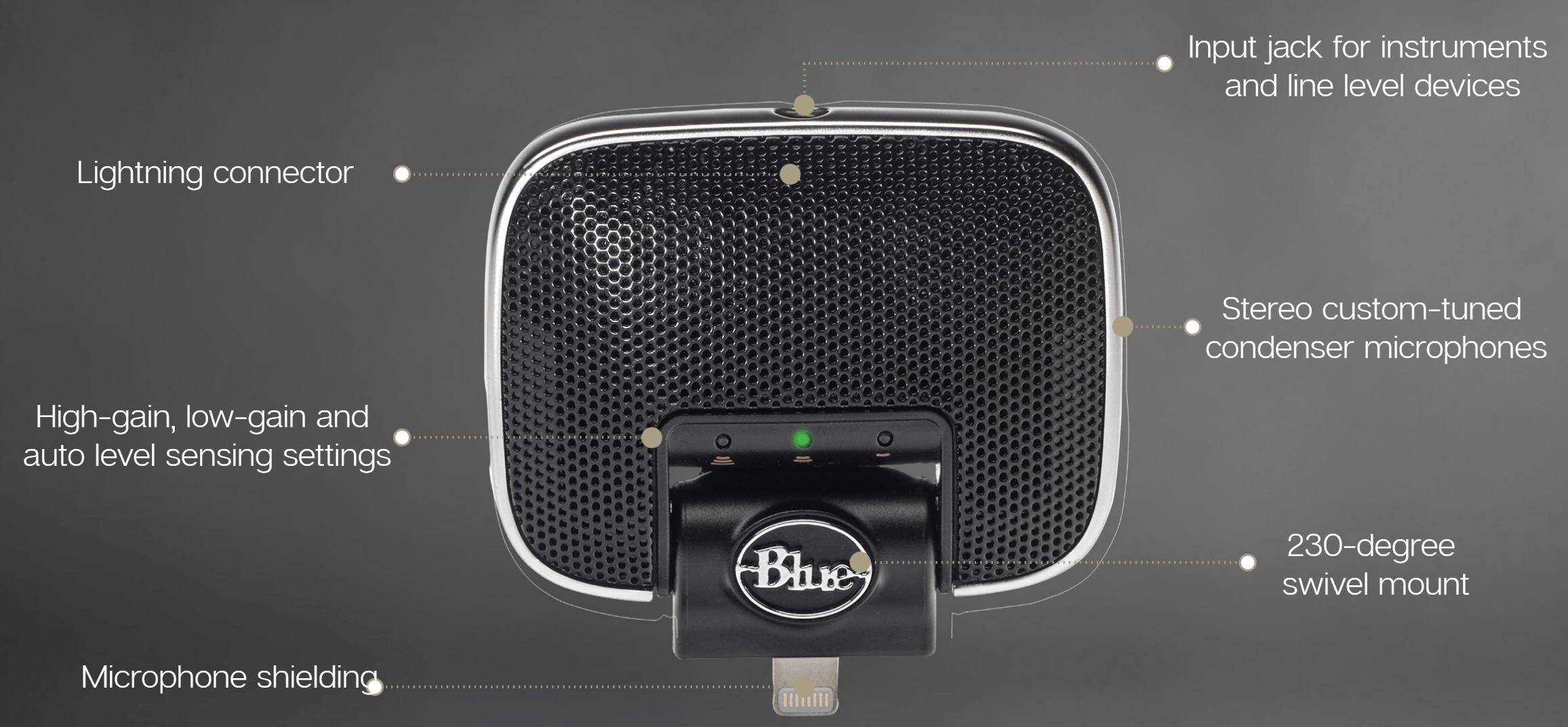 What is a problem that stumps amateurs like me? The answer is recording at a distance. When you’re standing next to someone, it’s not a big deal to get great audio. When you’re five to six feet away, however, then things start to get a bit tougher. Here are two great mics that can help you capture better audio.
What is a problem that stumps amateurs like me? The answer is recording at a distance. When you’re standing next to someone, it’s not a big deal to get great audio. When you’re five to six feet away, however, then things start to get a bit tougher. Here are two great mics that can help you capture better audio.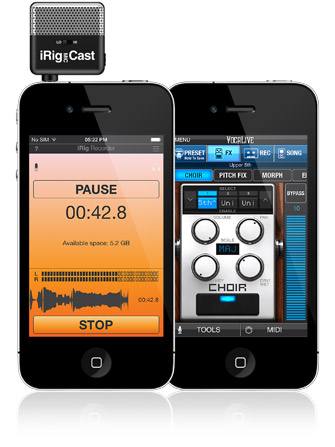 offers solid audio recording. This is what I carry around with me for interviews. It also comes with
offers solid audio recording. This is what I carry around with me for interviews. It also comes with 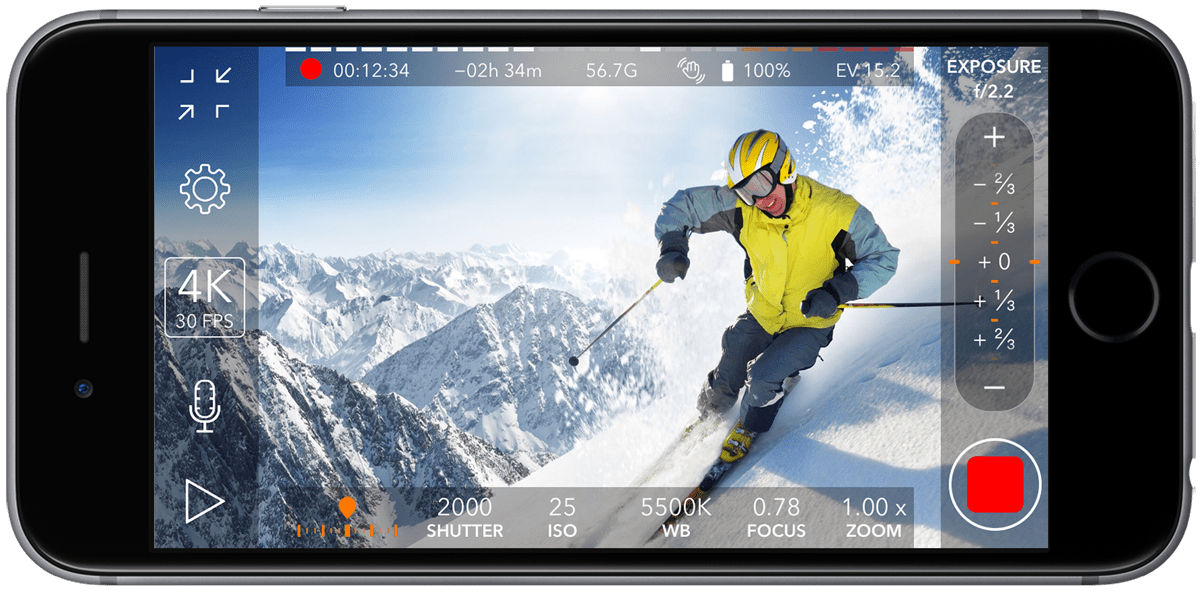

 The video is done primarily in black and white with hundreds of simple cartoon-ish illustrations provided. But you also have the option of uploading your own image, logo, or text, if you wish. When it’s time for the voice over, you can upload a recording of you talking that is then automatically synchronized with the story or use the very sophisticated text-to-speech function that provides a voice over in seconds. This is a great resource for students with speech disabilities.
The video is done primarily in black and white with hundreds of simple cartoon-ish illustrations provided. But you also have the option of uploading your own image, logo, or text, if you wish. When it’s time for the voice over, you can upload a recording of you talking that is then automatically synchronized with the story or use the very sophisticated text-to-speech function that provides a voice over in seconds. This is a great resource for students with speech disabilities.

